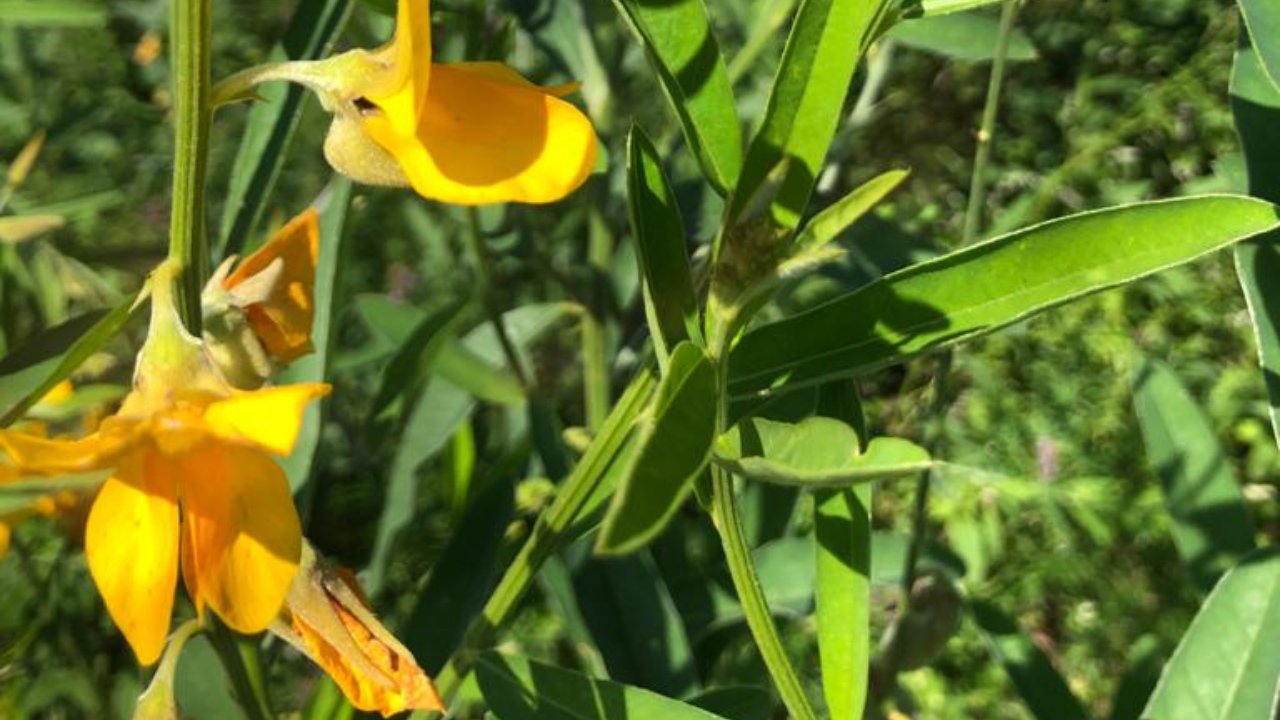How to increase soil and crop resilience
In the quest for resilience, one key factor stands out: diversity. Whether it's the variety of crops we plant or the diverse range of microbes in the soil, they both have a profound impact on each other. In this blog post, we'll explore the interplay between crop diversity and soil microbes and how they contribute to building resilience in our agricultural systems.
Resilient Crops and Diverse Soil Microbes
Imagine a thriving community where plants and microbes work hand in hand to overcome challenges. This resilience is achieved through the power of diversity. For instance, when faced with flooding, tall plants can provide shelter to the submerged ones, ensuring their survival. Similarly, in times of drought, deep-rooted plants can transfer water to their shallow-rooted counterparts, supporting their hydration. It's like a rugby team, with players of different shapes, sizes, and skills coming together to tackle a specific challenge. By working as a team towards a common goal, they overcome obstacles more effectively than if they were acting individually. This teamwork and diversity of functions contribute to resilience.
Changing Circumstances and Plant Diversity
As our circumstances change, with shifts in temperature and precipitation, the importance of plant diversity becomes even more apparent. Too hot, too cold, too wet, or too dry—plants face a range of conditions. By having a greater number of plant roots in the soil, we enhance nutrient and resource sharing. A diverse root system maximizes the efficiency of nutrient uptake and promotes overall plant health, enabling them to adapt to changing environmental conditions.
Diversity holds the key to resilience in our agricultural systems. The interconnectedness between diverse crops and soil microbes stimulates a collaborative environment where each organism has a role to play in achieving common goals. As above it’s like a well co-ordinated rugby team, leveraging individual strengths to overcome challenges together. By embracing diversity in our planting practices and nurturing diverse soil microbial communities, we can build resilient agricultural ecosystems capable of withstanding various pressures.

